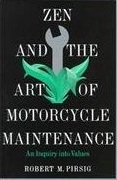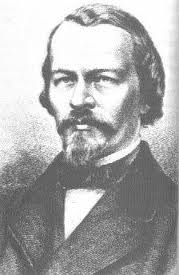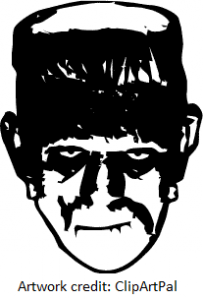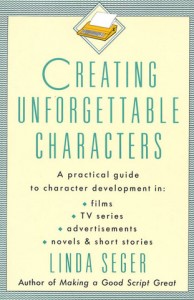Well, I’ve found these two sites to be a great help to me over the years. It would have been a great deal more difficult to find markets for my first short stories without them. I’m talking about Duotrope and Ralan.
 Duotrope is a dynamic, online database of fiction and poetry markets. You’ve written a story and need to find out who might be looking for stories of your type. Go to Duotrope, enter search terms such as genre, subgenre, number of words, payscale (pro, semi-pro, token, or non-paying) and your choice of a few others to narrow your search, then click Search. You’ll see a list of potential markets for your story. Clicking on any of the markets takes you to a Duotrope page with details about the market, with links to the market’s website, any restrictions on submissions, and statistics such as response time and acceptance rate. Those statistics come from regular writers submitting their experiences to Duotrope, not from the markets themselves.
Duotrope is a dynamic, online database of fiction and poetry markets. You’ve written a story and need to find out who might be looking for stories of your type. Go to Duotrope, enter search terms such as genre, subgenre, number of words, payscale (pro, semi-pro, token, or non-paying) and your choice of a few others to narrow your search, then click Search. You’ll see a list of potential markets for your story. Clicking on any of the markets takes you to a Duotrope page with details about the market, with links to the market’s website, any restrictions on submissions, and statistics such as response time and acceptance rate. Those statistics come from regular writers submitting their experiences to Duotrope, not from the markets themselves.
Before Duotrope, writers would go to the library to look at a reference book called Writer’s Market, published annually. I do recommend the book, but Duotrope is online and free. If you find Duotrope helps you connect with a market, you should contribute some money to them to help sustain their operation.
Using Duotrope, you can come up with a prioritized list of where you’ll send your story. That list is tailored to your story so you’re not wasting your time, or some editor’s, with sending a story not suited to that market.
One more thing. Duotrope is not just for short story writers, like me. It’s also for novelists and poets too.
 The other site I recommend is Ralan. It’s operated by an author writing under the name Ralan Conley. The full name of the site is Ralan’s SpecFic and Humor Webstravaganza. SpecFic is Speculative Fiction.
The other site I recommend is Ralan. It’s operated by an author writing under the name Ralan Conley. The full name of the site is Ralan’s SpecFic and Humor Webstravaganza. SpecFic is Speculative Fiction.
There are several interesting features of this website to explore, but the part I used most is Antho. That section can keep you up to date on what short story anthologies are looking for submissions. You’ll see each open anthology listed, a general description, any limitations on submissions, pay scale, and a link to the market’s website about the anthology.
I’ve blogged about writing for anthologies before, and now you know where to find the information to get you started. It’s fun, every now and then, to check the Antho list at Ralan to see what the anthology markets are looking for. Every so often, this exercise will spark an idea for a story. So in that sense this site can help at both ends of the writing process, both before and after the story is written.
Duotrope and Ralan are crucial resources for a beginning writer in providing guidance about where to market your stories, and even getting a sense of market trends. Have you used them and have an experience to share, or are there other sites you’ve found helpful? Send comments to–
Poseidon’s Scribe







